Clicking on the title in the e-mail will take you to the substack website where you will be able to see the photos.
Four or five years ago Colin Jardine of the Specialists in Cape Town invited me along to have a look at a home on the western coast of the Cape Peninsula where the homeowner was complaining of flies invading the house. We found masses of kelp flies in the house.
Kelp flies belong to the family Anthomyiidae. Anthomyiidae are closely related to the Muscidae, the family that houses the house fly. What we saw that day was most likely the species Fucellia capensis, which seems to be the most common fly associated with kelp in South Africa (Griffiths and Stenton-Dozey, 1981, Scholtz et al., 2021, Stenton-Dozey and Griffiths, 1980). In other parts of the world the family Coelopidae (known as seaweed flies) are common, and can also become a nuisance in houses etc. (Dobson, 1976). Flies of this family are also found in kelp in South Africa (Griffiths and Stenton-Dozey, 1981). The flies lay their eggs on the fronds of kelp washed up on beaches, and although they are not as important in breaking down the kelp wracks as amphipods, they can be numerous on washed up kelp. Larvae feed on the kelp, and the life cycle is about 22-28 days. It has been suggested that this is tied to the lunar cycle of tides, so that the development is completed before the next high spring tide (Stenton-Dozey and Griffiths, 1980).
At times huge numbers of these flies can be found along the coast. What sparks these “outbreaks” of fly numbers is unknown, but could be related to anything like the weather, sea conditions, time of year, availability of kelp for breeding or something else.
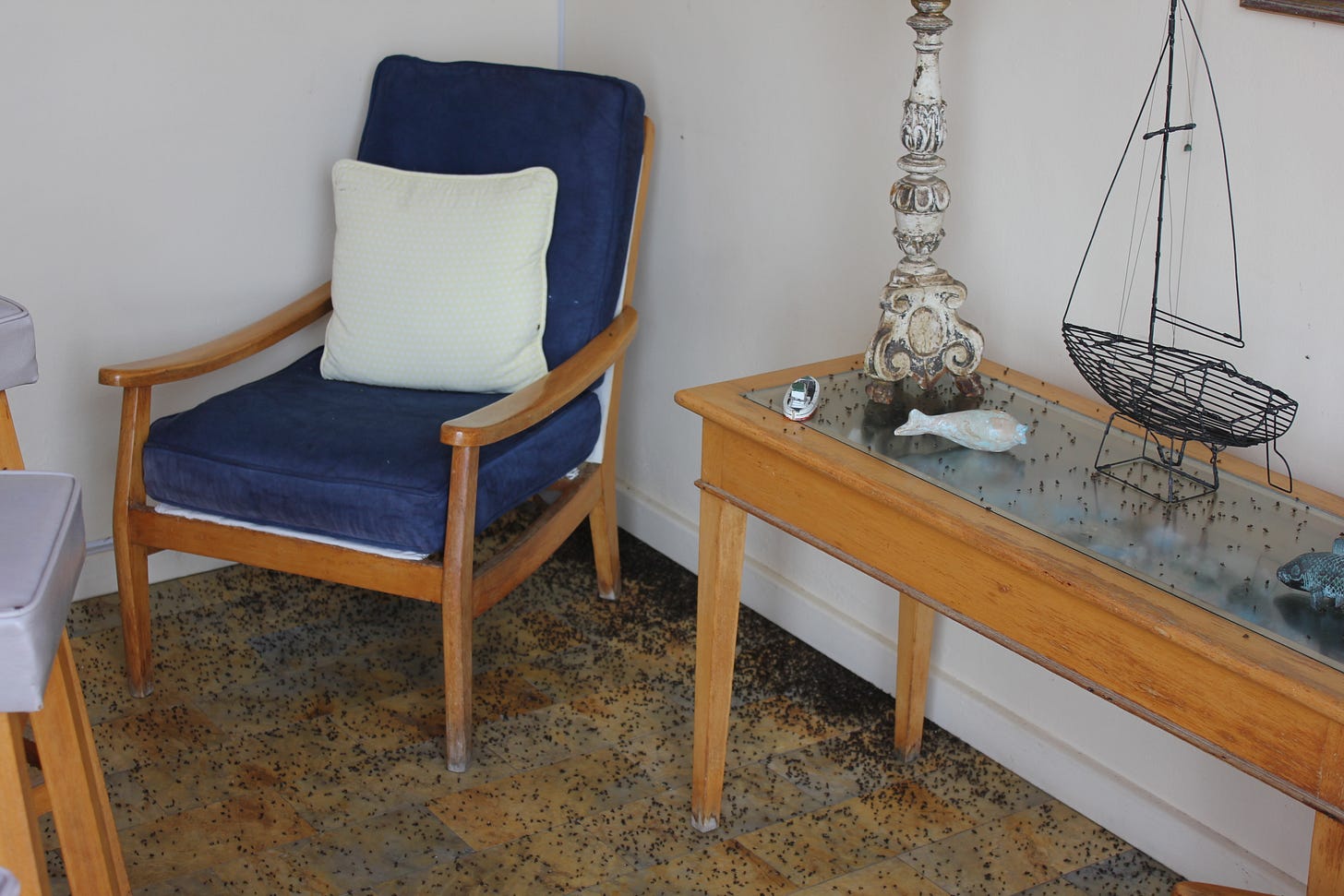
We were there because the homeowner thought he needed to get a pest control officer to “get rid” of the flies. Basically there is nothing that can be done to prevent these occasional outbreaks. The outbreaks normally last a few days and then disappear (Dobson, 1976). The flies are quite harmless, but of course in large numbers very irritating. Homeowners should cover food if the flies become numerous. Apart from that there is no point is resorting to insecticide applications by a PCO. Normal aerosol insecticides will kill the flies, and the dead flies can then be swept from the home. Homeowners should be encouraged to “put up with” the situation as it will normally only last a few days. I wonder how many PC companies called out to such a situation will actually recommend an insecticide application – after all they have an economic incentive to do so. But in doing so they will be ignoring all issues like IPM (Integrated Pest Management), and potentially contaminating the environment with unnecessary insecticide applications. Removal of kelp beds on beaches could help but is not practical, and application of insecticides to kelp beds to control breeding should be illegal if not already covered in legislation. Alternatively owners could move their home elsewhere.
The reference shown below (Scholtz et al., 2021) is a newly published book on South African insects and discusses insects and their ecological role in the various biomes in South Africa. I bought the book online at (link: https://raru.co.za/books/) But I have seen it at Exclusive Books as well. Well worth a read.
References
DOBSON, T. 1976. Seaweed flies (Diptera: Coelopidae, etc.). In: CHANG, L. (ed.) Marine insects. Amsterdam: North-Holland Publishing Company.
GRIFFITHS, C. L. & STENTON-DOZEY, J. 1981. The fauna and rate of degradation of stranded kelp. Estuarine, Coastal and Shelf Science, 12, 645-653.
SCHOLTZ, C. H., SCHOLTZ, J. & DE KLERK, H. 2021. Pollinators predators and parasites. The ecological roles of insects in southern Africa, Century City, Struik Nature.
STENTON-DOZEY, J. & GRIFFITHS, C. L. 1980. Growth, consumption and respiration by larvae of the kelp-fly Fucellia capensis (Diptera: Anthomyiidae). South African Journal of Zoology, 15, 280-283.
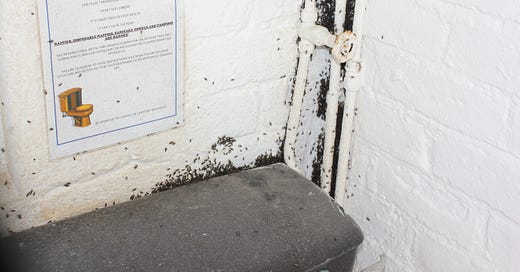



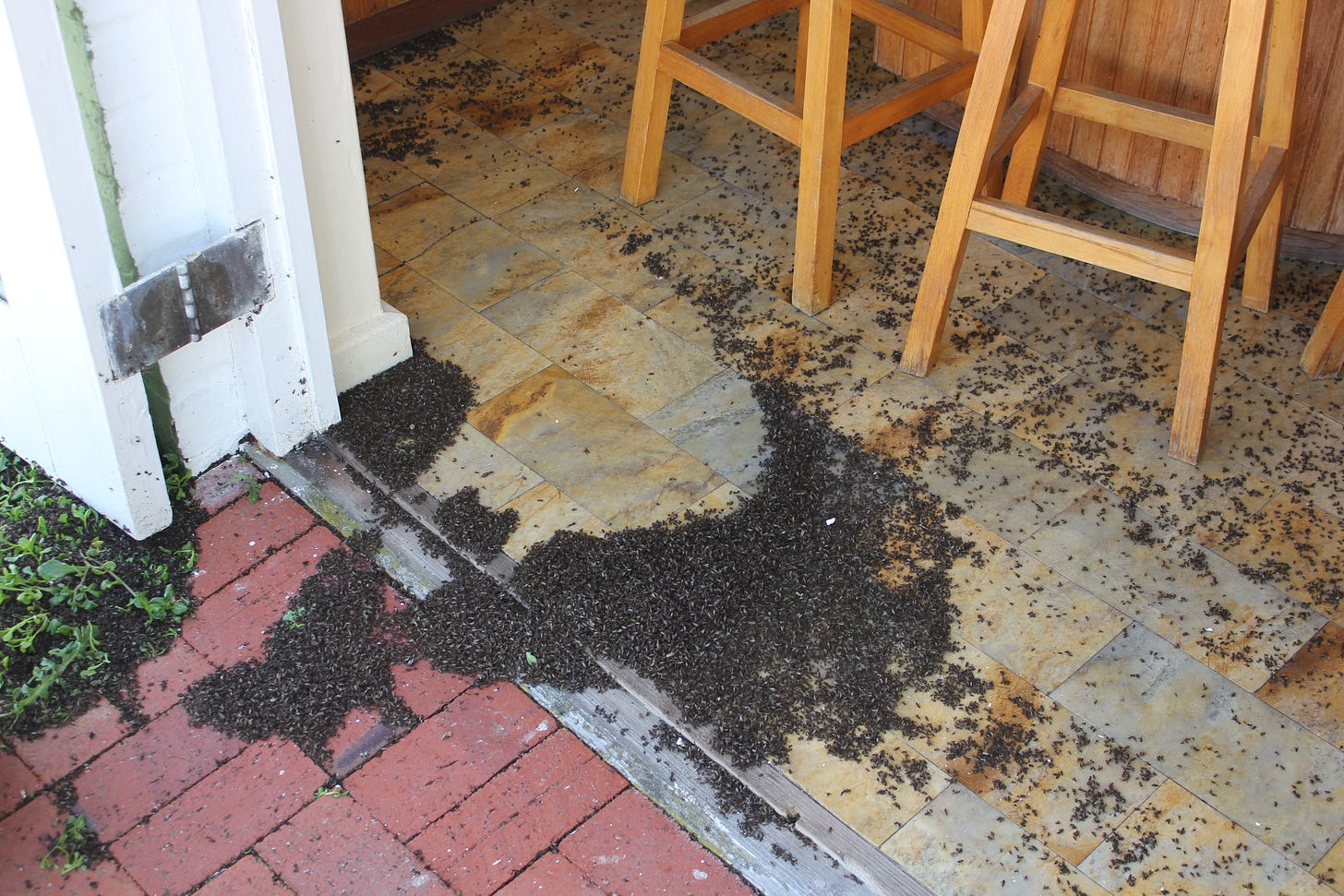
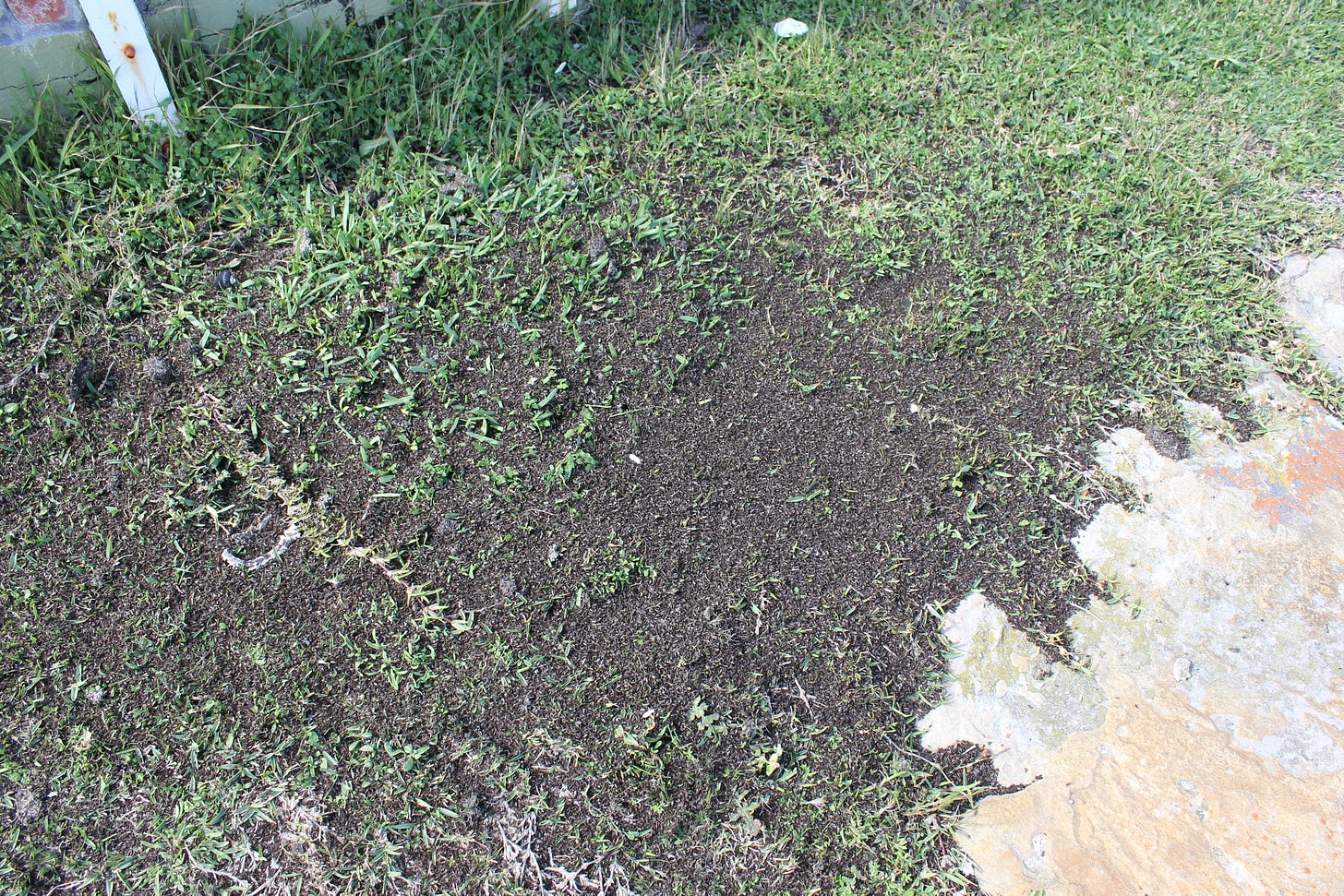
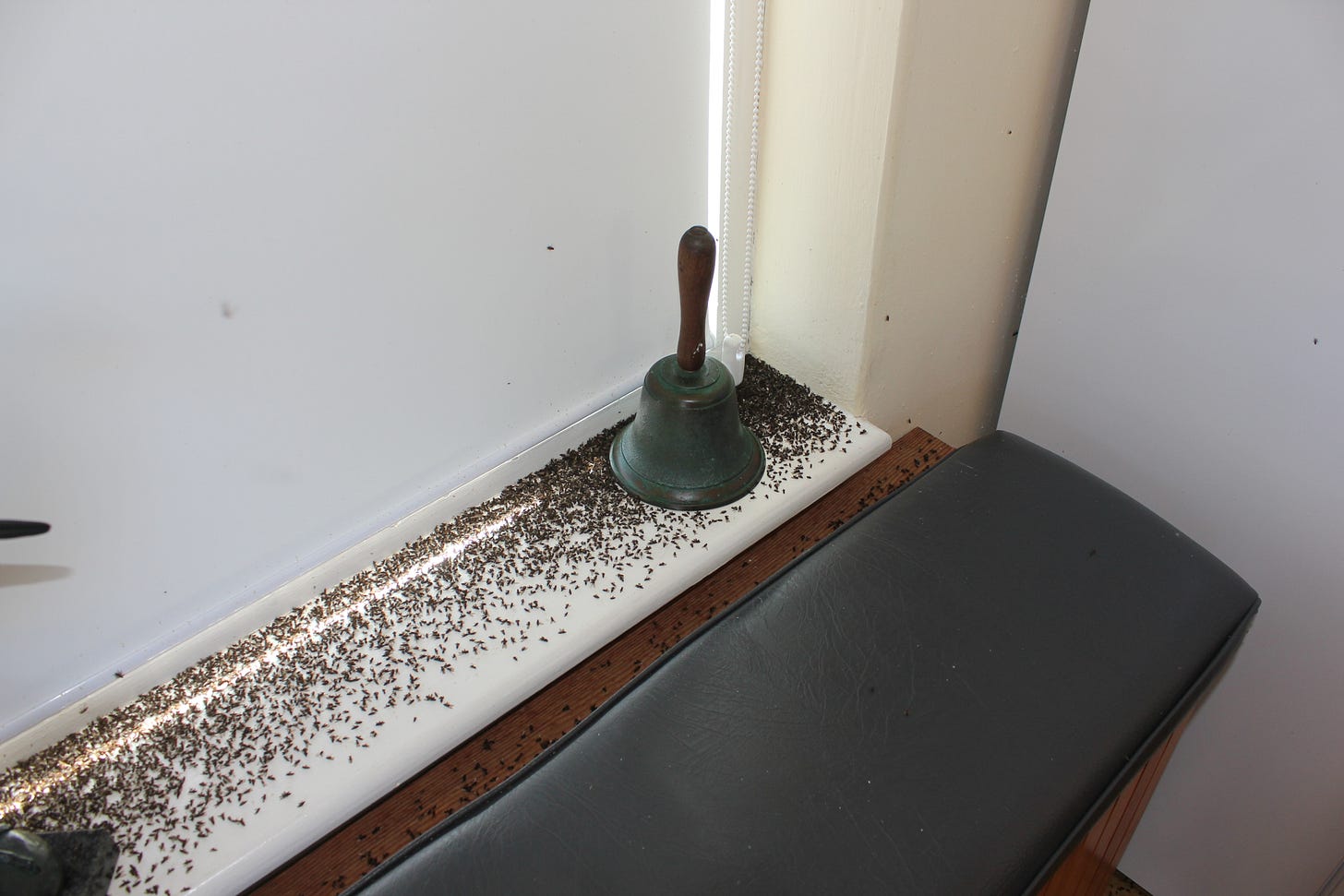
Middag Mark,Baie interesant,ongelukkig kan mens dit nie braai nie.